Since its release in 2011, Minecraft has grown from a simple sandbox game into a cultural phenomenon, influencing not just the gaming world but also education, social interactions, and digital creativity.
With over 238 million copies sold across all platforms, it remains one of the best-selling video games of all time. But Minecraft’s true impact goes far beyond the numbers; it has reshaped modern gaming culture in profound ways.
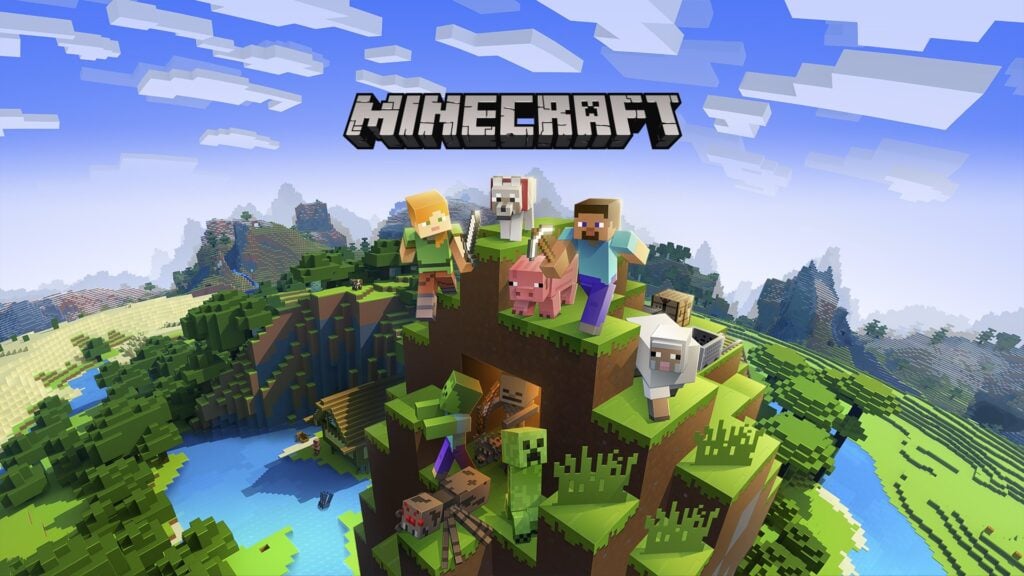
The Sandbox Revolution
Long before Minecraft appeared, sandbox games existed, but they were often restrictive and linear. Minecraft changed the game, quite literally, by handing players the keys to an infinite universe made of blocks, where the only limit was their imagination.
This creative freedom inspired a new generation of sandbox and survival games like Terraria, Rust, and Valheim. It showed the world that players craved experiences where they could build, explore, and shape their own adventures, influencing countless titles that followed.
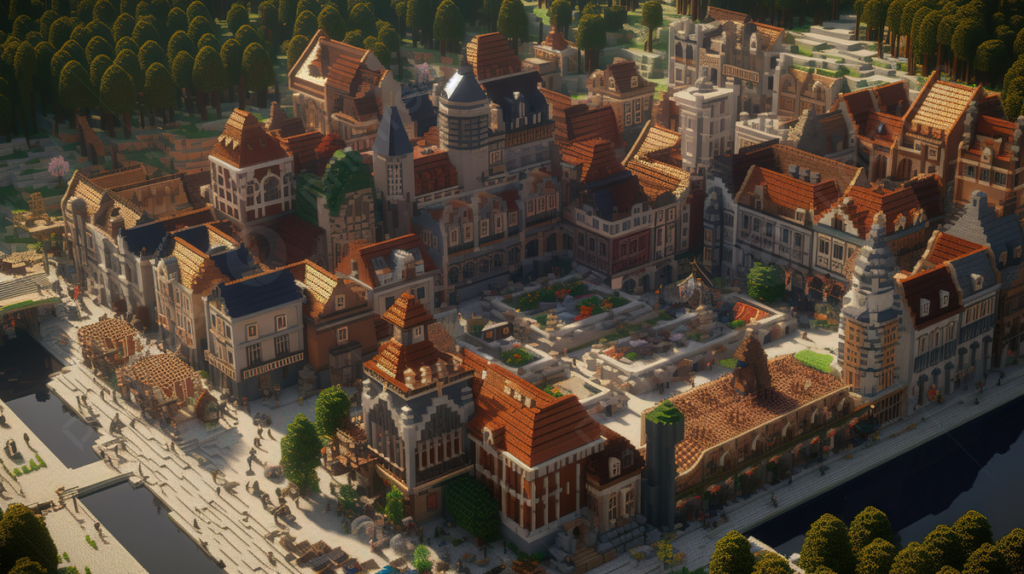
The Creator Economy
Before Minecraft took the world by storm, gaming content on platforms like YouTube was already gaining traction, with creators sharing gameplay from titles like Call of Duty, Halo, World of Warcraft and more.
However, Minecraft amplified this movement, becoming a catalyst for the explosion of gaming content creation. Its open-ended gameplay and limitless creativity provided the perfect canvas for content creators to express themselves. With its infinite possibilities, Minecraft encouraged storytelling, tutorials, and collaborative projects, inspiring a new generation of gaming influencers. The game’s accessibility allowed players of all ages to engage, leading to diverse content that appealed to a wide audience.
While Minecraft didn’t invent the gaming YouTuber, it certainly revolutionized how gaming content was consumed and created. It showed that games could be more than competitive experiences—they could be platforms for creativity, education, and entertainment. Today, the ripple effects of Minecraft‘s influence can be seen across YouTube and Twitch, where gaming remains one of the most popular genres.
Community and Social Interaction
Minecraft was social long before “social gaming” became a buzzword. Its multiplayer servers became vibrant communities where players built kingdoms, competed in mini-games, and created entire worlds together.
This sense of community led to the birth of role-playing servers, custom mods, and global events like Minecon (now Minecraft Live), which celebrate the creativity of its players. In a digital age where social interaction is constantly evolving, Minecraft showed the world how games could bring people together in meaningful ways.
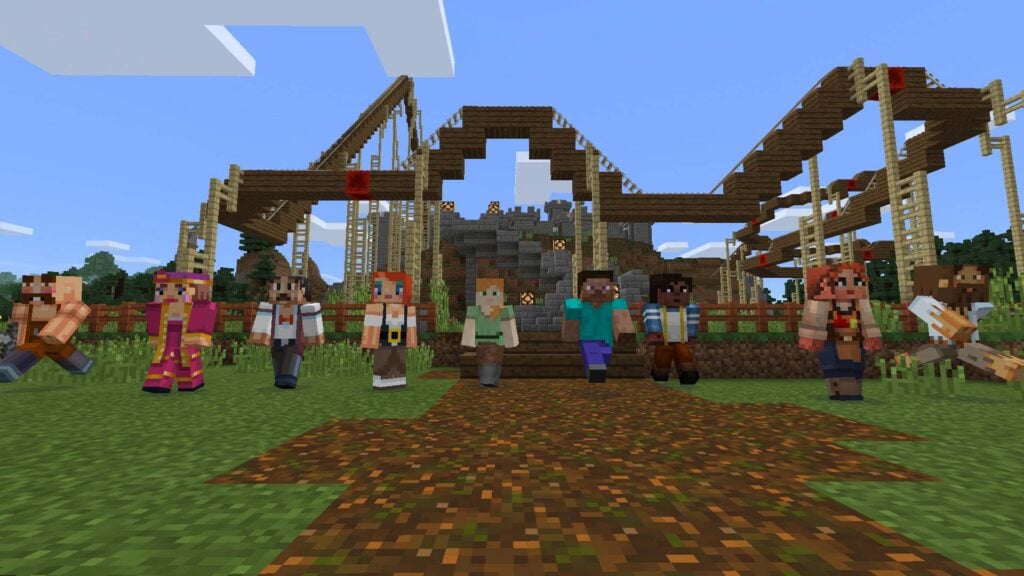
Influence on Game Development and Design
The success of Minecraft proved that indie games could compete with the giants of the gaming industry. Its simple graphics and complex mechanics showed developers that innovative ideas and creative freedom mattered more than high-end visuals.
This inspired a wave of indie developers to take risks and pursue their own visions. Additionally, Minecraft’s support for mods and community-generated content influenced how developers approach user engagement, seen today in games like Skyrim and Garry’s Mod.
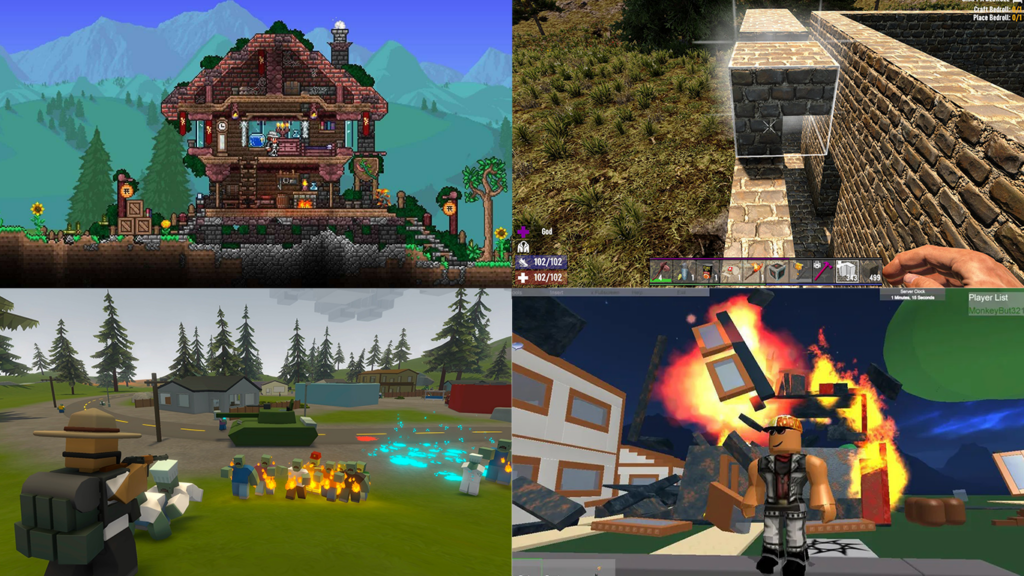
Legacy and Future Prospects
Over a decade later, Minecraft continues to evolve with updates that expand its mechanics and narrative potential. Its legacy is evident in how it shaped modern gaming culture, influencing player expectations for freedom, creativity, and community engagement.
As the gaming industry advances into augmented and virtual realities, Minecraft’s influence is likely to persist, inspiring new generations of gamers and developers alike.
More Than Just a Game!
Minecraft is not merely a game; it’s a cultural icon. Its influence on modern gaming culture is monumental, impacting game design, online content creation, social interactions, and even education. As the digital landscape continues to evolve, Minecraft’s legacy will remain a testament to the power of creativity and community in gaming.
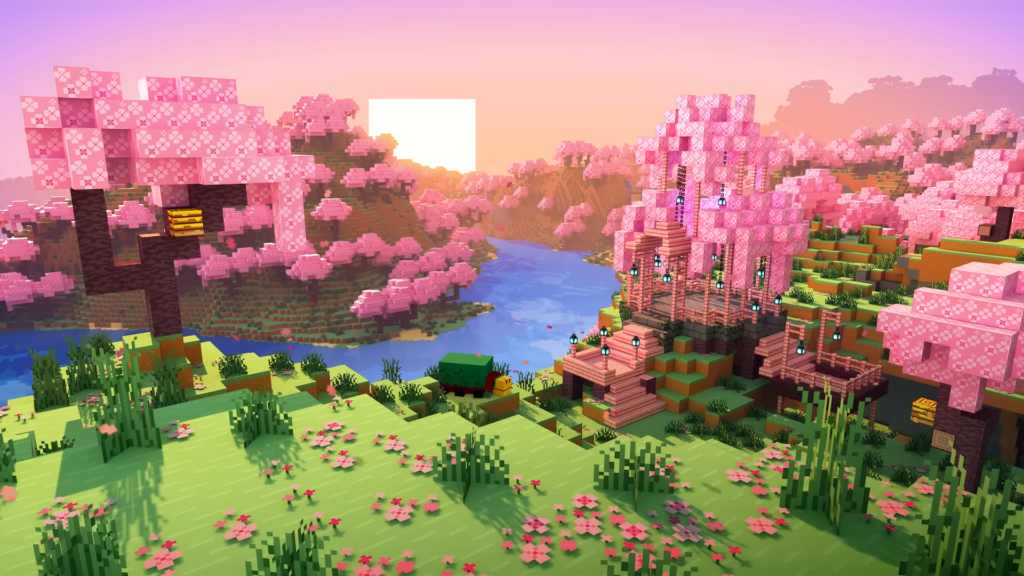
Frequently Asked Questions (FAQ)
How did Minecraft influence modern gaming culture?
Minecraft revolutionized gaming by offering players an open-world sandbox experience that encouraged creativity, exploration, and collaboration. Its success paved the way for other games that prioritized player freedom, shaped the creator economy, and influenced how communities interact within games. Minecraft also helped bridge the gap between gaming and education, encouraging the development of tools like Minecraft: Education Edition.
Did Minecraft invent the creator economy?
No, gaming YouTubers and content creators existed before Minecraft, but the game played a significant role in growing the creator economy. Its open-ended nature allowed creators to share unique gameplay experiences, tutorials, and stories, which attracted a wider audience. Minecraft made gaming content more accessible, encouraging a new generation of content creators to build careers around their passion for gaming.
What makes Minecraft such an educational tool?
Minecraft‘s immersive world allows students to explore and interact with concepts in subjects like math, history, and coding. The game promotes problem-solving, teamwork, and critical thinking. With Minecraft: Education Edition, teachers use the game to engage students in hands-on learning, fostering creativity and digital literacy.
How did Minecraft impact multiplayer gaming?
Minecraft transformed multiplayer gaming by creating virtual spaces where players could build, collaborate, and compete. Its multiplayer servers allowed people from around the world to work together on massive projects or engage in friendly mini-game competitions. This laid the groundwork for a new kind of social interaction in gaming, where the focus is on community and collaboration rather than just competition.
Why is Minecraft still so popular after over a decade?
The game’s enduring popularity can be attributed to constant updates, the creativity of its community, and the way it continues to adapt to new gaming trends. Regular content additions, new mechanics, and vibrant user-created worlds ensure that Minecraft remains fresh and relevant. Its broad appeal across age groups, combined with the game’s open-ended nature, means there’s always something new to explore.
What impact did Minecraft have on indie game development?
Minecraft demonstrated that indie games could succeed on a massive scale, inspiring countless other developers to pursue creative and innovative game designs without the need for big budgets or publishers. It showed that simple mechanics paired with limitless creativity could lead to phenomenal success. Today, Minecraft‘s influence can be seen in many indie games that emphasize player freedom and community-driven content.
How did Minecraft change the way gamers interact with one another?
Minecraft played a key role in shaping the social aspect of gaming by creating a platform where players could collaborate, communicate, and share their experiences. The game’s multiplayer servers, modding community, and fan-driven events like Minecon allowed players to form tight-knit communities and forge lasting friendships through shared experiences in the game.
Can Minecraft still influence the gaming industry in the future?
Absolutely! As gaming continues to evolve with technologies like virtual and augmented reality, Minecraft‘s emphasis on creativity and user-generated content is likely to remain influential. The game’s legacy continues to inspire new generations of gamers and developers, and it will likely continue shaping the future of gaming culture for years to come.
 Billing
& Support
Billing
& Support Multicraft
Multicraft Game
Panel
Game
Panel






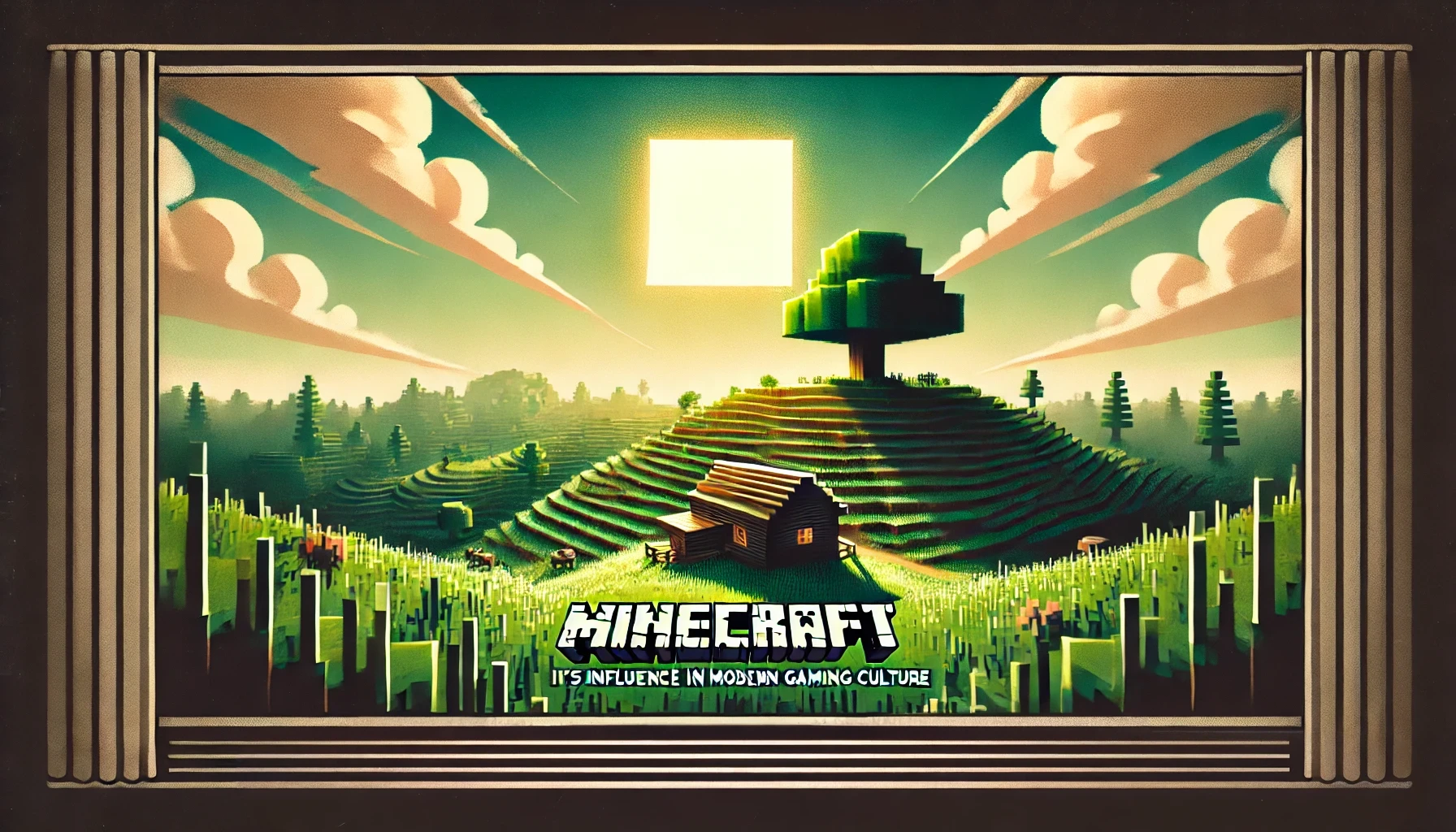
Leave a Reply